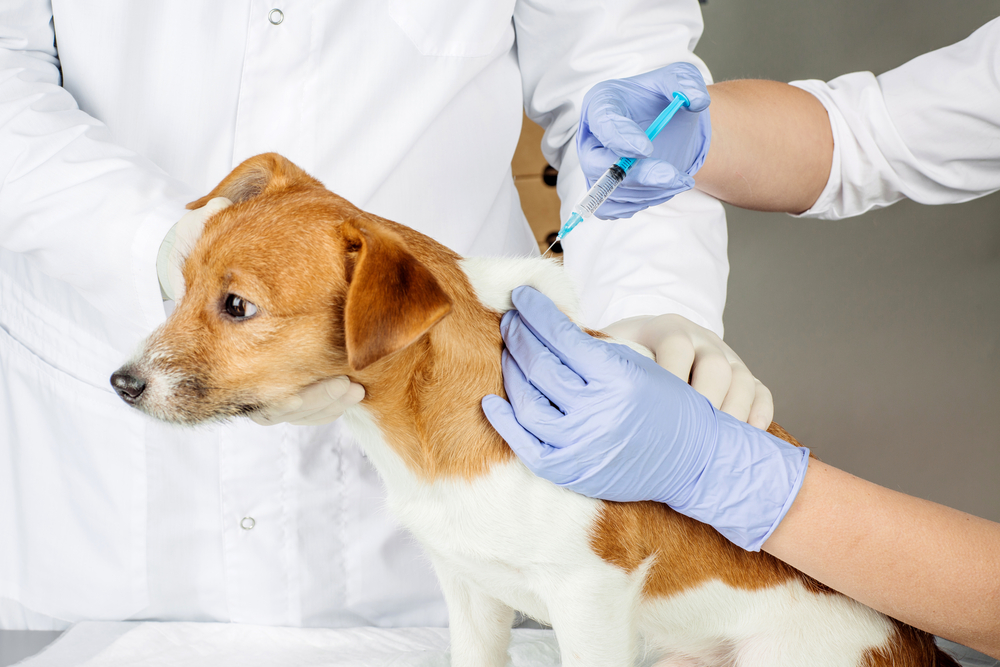Safeguarding Your Furry Friends: Preventing Lyme Disease in Pets


Ticks: A Dangerous Lurking Enemy
Common Signs of Lyme disease in Pets
- Lameness: Pets may experience stiffness, limping, or reluctance to move due to joint inflammation caused by the infection.
- Fever: A persistently elevated body temperature is a common symptom of Lyme disease.
- Loss of Appetite: A noticeable decrease in appetite or refusal to eat may indicate illness.
- Lethargy: Your pet may seem unusually tired or lethargic, lacking their usual energy and enthusiasm.
- Swollen Joints: Swelling in the joints, particularly the legs, can be a sign of Lyme disease.
The Importance Of Parasite Prevention For Our Pets Health
1. Tick Control Products: Use veterinarian-recommended tick prevention products such as spot-on treatments, oral medications, or tick collars. These products can effectively repel and kill ticks, reducing the risk of Lyme disease transmission.
2. Regular Tick Checks: After outdoor excursions, thoroughly inspect your pet for ticks. Pay close attention to areas such as the ears, between toes, and around the neck.
3. Landscape Maintenance: Keep your yard well-maintained by regularly mowing the lawn and removing tall grass, leaf litter, and brush where ticks thrive.
4. Vaccination: Consult with your veterinarian about the Lyme disease vaccine for pets. While it may not offer complete protection, it can significantly reduce the severity of the illness if your pet is exposed to the bacterium.
5. Year-Round Vigilance: Ticks can be active even in cooler months, so maintain tick prevention measures throughout the year.










